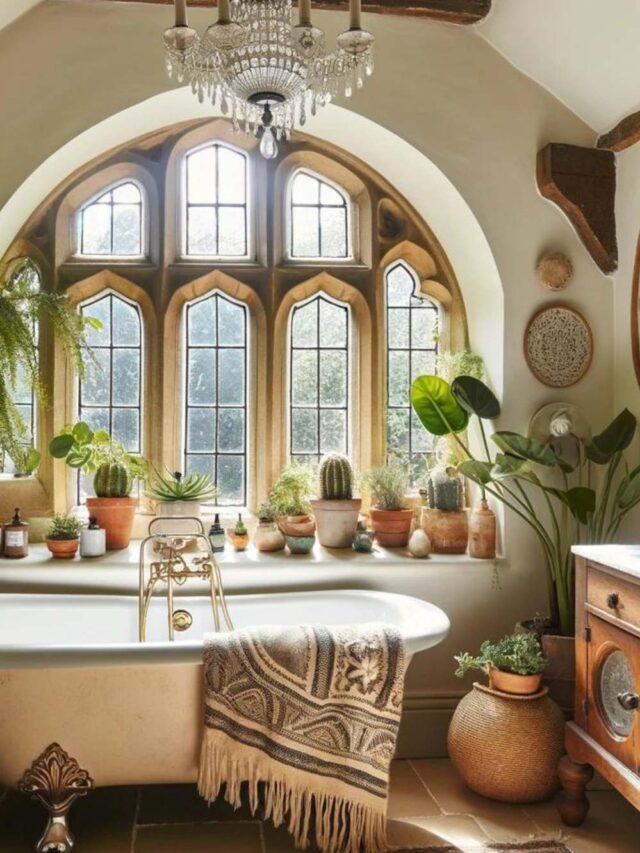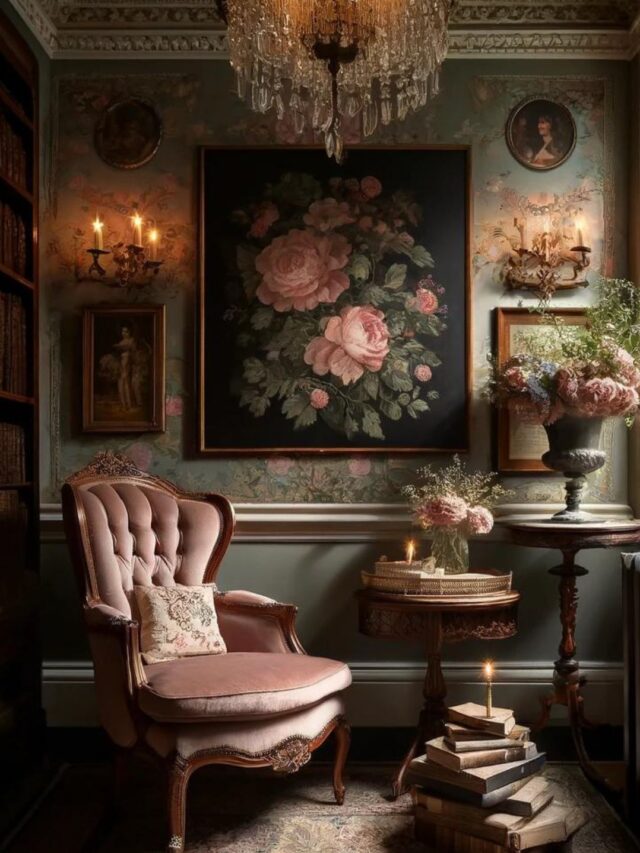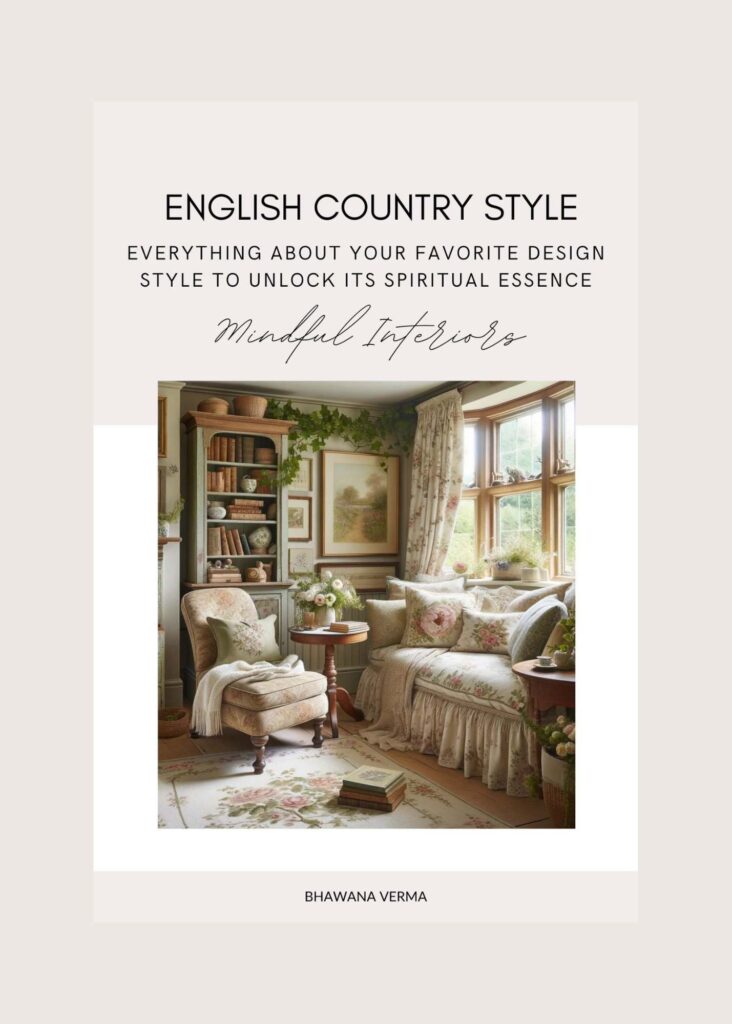Wabi Sabi Decor Guide
In a world that often idolizes perfection, there exists a philosophy that finds profound beauty in the imperfect, the transient, and the modest. This is Wabi-Sabi, an ancient Japanese aesthetic that whispers a different kind of truth – one that celebrates the marks of time and the grace of nature’s imperfections. As we step into the realm of Wabi-Sabi interior design, we embark on a journey that transcends mere aesthetics, offering a lens to view our homes, and indeed our lives, with a newfound appreciation for the perfectly imperfect.
In this exploration, we will unravel the essence of Wabi-Sabi, illuminating how this time-honored philosophy can infuse our living spaces with tranquility, warmth, and a deep sense of authentic beauty. From the textures of hand-thrown pottery to the asymmetrical elegance of natural wood, Wabi-Sabi is not just about creating a style; it’s about crafting an atmosphere that resonates with our deepest yearnings for peace and simplicity. Whether you are new to the concept or looking to deepen your understanding, this blog will guide you through the principles of Wabi-Sabi, offering insights and inspiration to transform your space into a sanctuary of serene imperfection. Let’s embrace the art of the imperfect and discover the serene beauty of Wabi-Sabi in our homes.

Key Features of Wabi-Sabi Interior Design
1. Embracing Imperfection
- Wabi-Sabi finds beauty in the flawed and imperfect. This could mean incorporating handcrafted items with unique irregularities or appreciating the natural aging process of materials.
You May Also Like: Core Principles of Wabi-Sabi Explained
2. Simplicity and Minimalism
- This style is about stripping away the unnecessary. It focuses on the essentials rather than excess, creating spaces that are uncluttered and serene.
3. Natural Materials
- Wabi-Sabi leans heavily on the use of natural elements like wood, stone, and clay. These materials age gracefully, adding character and warmth to the space.
4. Subdued and Earthy Tones
- The color palette is typically muted, drawing from natural elements. Think soft grays, creamy whites, and earthy browns that evoke a sense of calm and groundedness.
5. Asymmetry and Irregularity
- Unlike styles that crave symmetry and precision, Wabi-Sabi appreciates asymmetrical and irregular designs, finding beauty in the unexpected and unconventional.
6. Tactile Textures
- Textures play a key role, with an emphasis on the tactile experience. Rough linen, coarse pottery, and other textured materials add depth and interest.
7. Connection to Nature
- Wabi-Sabi spaces often include elements that reflect the natural world, like plants, water features, or natural light, fostering a deep connection with the environment.

You May Also Like: The Wabi-Sabi Approach to Rustic Farmhouse Decor
Wabi-Sabi’s allure extends far beyond the realms of interior design; it invites us into a world where the beauty lies in the natural, the understated, and the imperfect. In transforming our living spaces, Wabi-Sabi simultaneously transforms our perspective, teaching us to find harmony and beauty in the unpolished aspects of life. This philosophy doesn’t just beautify our homes; it enriches our lives with a deeper sense of peace and contentment, encouraging us to embrace life as it unfolds, in all its imperfect glory. As we close this chapter on Wabi-Sabi, let us carry its principles into every corner of our lives, creating spaces and experiences that reflect the true beauty of impermanence and simplicity. May your journey into Wabi-Sabi design open a path to a more mindful, tranquil, and authentic way of living.
FAQs about Wabi Sabi Decor
Q1: Can Wabi-Sabi be integrated into modern homes?
- A: Absolutely! Wabi-Sabi can complement modern design by adding warmth and texture to minimalist spaces.
Q2: How do I incorporate Wabi-Sabi in a budget-friendly way?
- A: Focus on simplicity and use existing items. Embrace the beauty in your older furnishings, or shop for handcrafted, imperfect items at thrift stores.
Q3: Is Wabi-Sabi suitable for families with children?
- A: Yes, its emphasis on simplicity and natural materials can create a calming and grounded environment beneficial for all ages.
Q4: How does Wabi-Sabi differ from other minimalist styles?
- A: While both value simplicity, Wabi-Sabi is unique in its celebration of imperfection and signs of wear, adding a warm, lived-in feel.
Q5: Can Wabi-Sabi design improve well-being?
- A: Many find that the Wabi-Sabi philosophy of accepting imperfection can bring a sense of peace and contentment, positively impacting mental well-being.


















